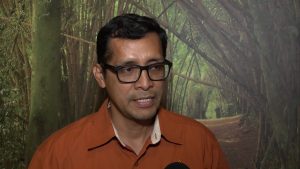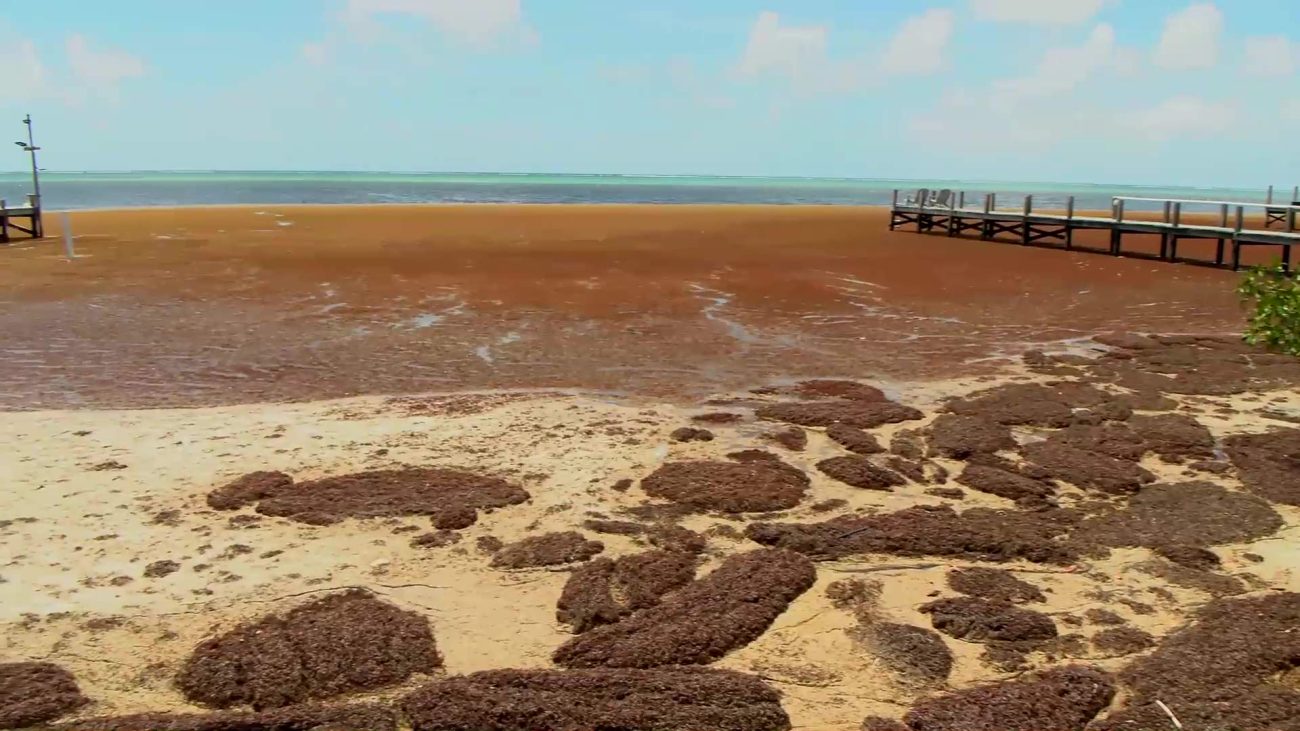Early Detection System to Help Region Prepare for Sargassum Season
Belize’s sargassum problem is no longer just a coastal nuisance, it’s now a national concern. Over the past few months, everyone’s been pitching in: government agencies, local businesses, and everyday Belizeans have joined forces to tackle the relentless waves of seaweed washing ashore. And the help is growing. The Belize Fund for a Sustainable Future recently stepped up, offering over two hundred thousand dollars in relief funding to support cleanup efforts. That’s because this year’s sargassum surge is unlike anything we’ve seen before. Yes, sargassum shows up every year, but this season, the sheer volume caught everyone off guard. So, could Belize’s new early warning system help us get ahead of future invasions? We put that question to Daniel Mendez, National Emergency Coordinator at NEMO. Here’s what he told us.

Daniel Mendez
Daniel Mendez, National Emergency Coordinator, NEMO
“So we are not the lead agency for sargassum response, but we have provided input into the response already. This also fits into that into that idea of determining the early warning component, and so how do we ensure that all the stakeholders who are affected by sargassum are provided enough early wanting to know what’s coming. And so that’s really the idea on how we can strengthen that. And so, this is how NEMO contributes to that, without necessarily having to be the ones who provide the message to our partners, but to ensure that someone with the ability to do it, is able to do so.”
Britney Gordon
“So with this system, in terms of all the different organizations that are involved in different natural disasters or response to different crises, they’ll be able to sense earlier without having to wait for you guys to announce it and act proactively?”
Daniel Mendez
“Yes, because remember, there’s many different hazards that affect us. Not all of them have a direct responsibility under NEMO. For example, drought. So, the Ministry of Agriculture, the National Med Service, and the National Hydraulic Health Service are the ones who monitor. So, the implementation of this program, which has four pillars, and the first one is disaster knowledge, improving disaster knowledge. So, those are the organizations that will tell us more about that particular hazard. The second component is the monitoring, and the third one is the governance framework, and the final structure is, of course, how we improve preparedness and response. And so each one of these pillars has a specific need, and within that pillar, there are different leads to respond to different hazards.”






Facebook Comments